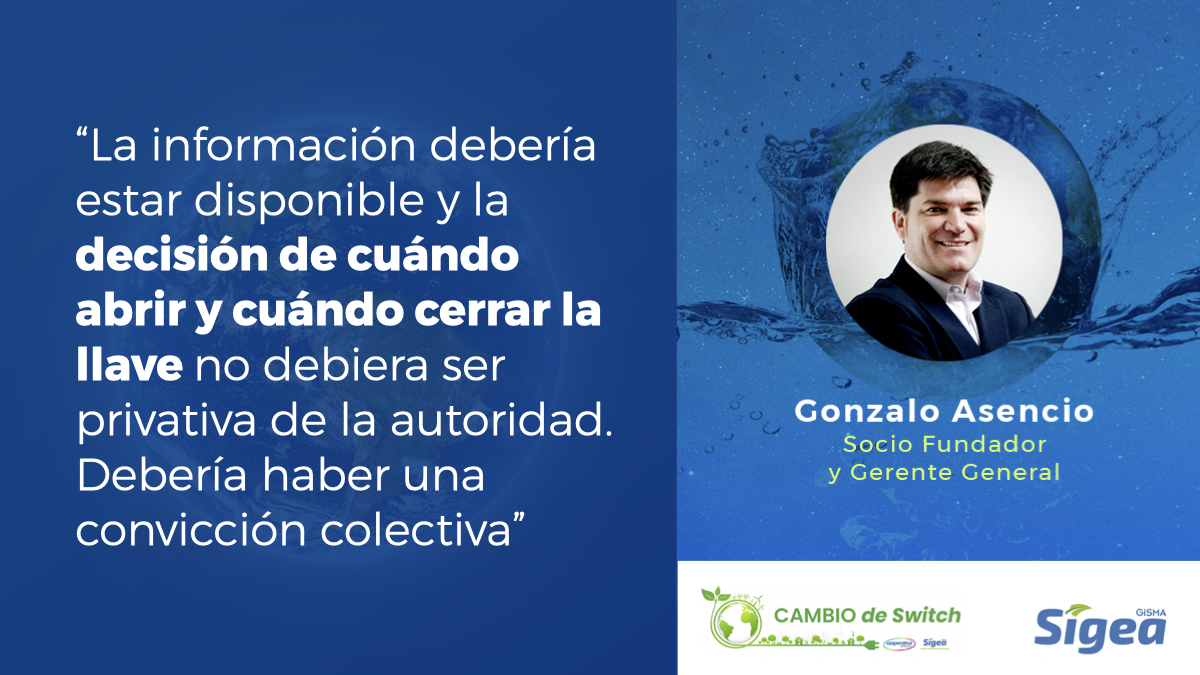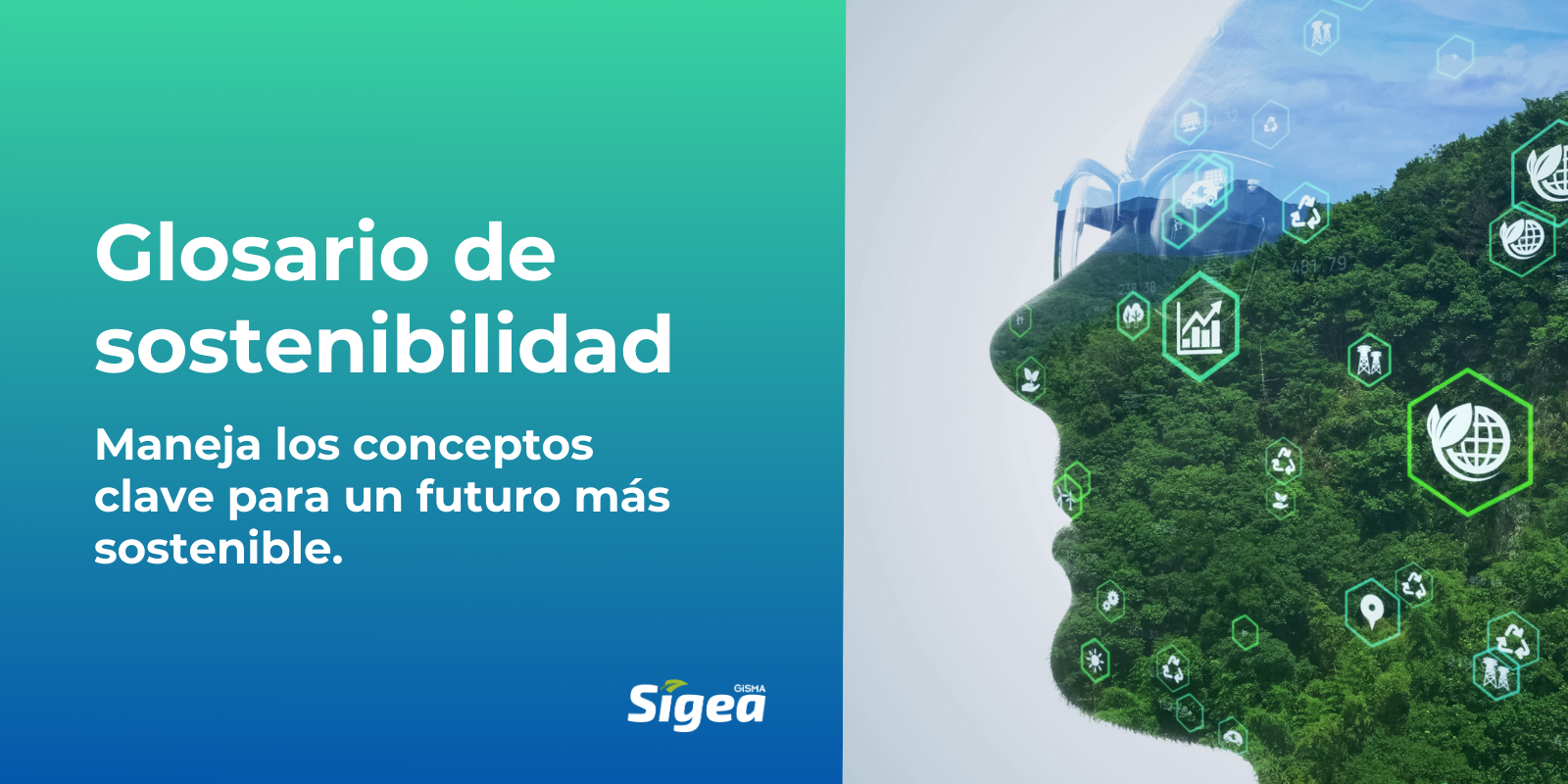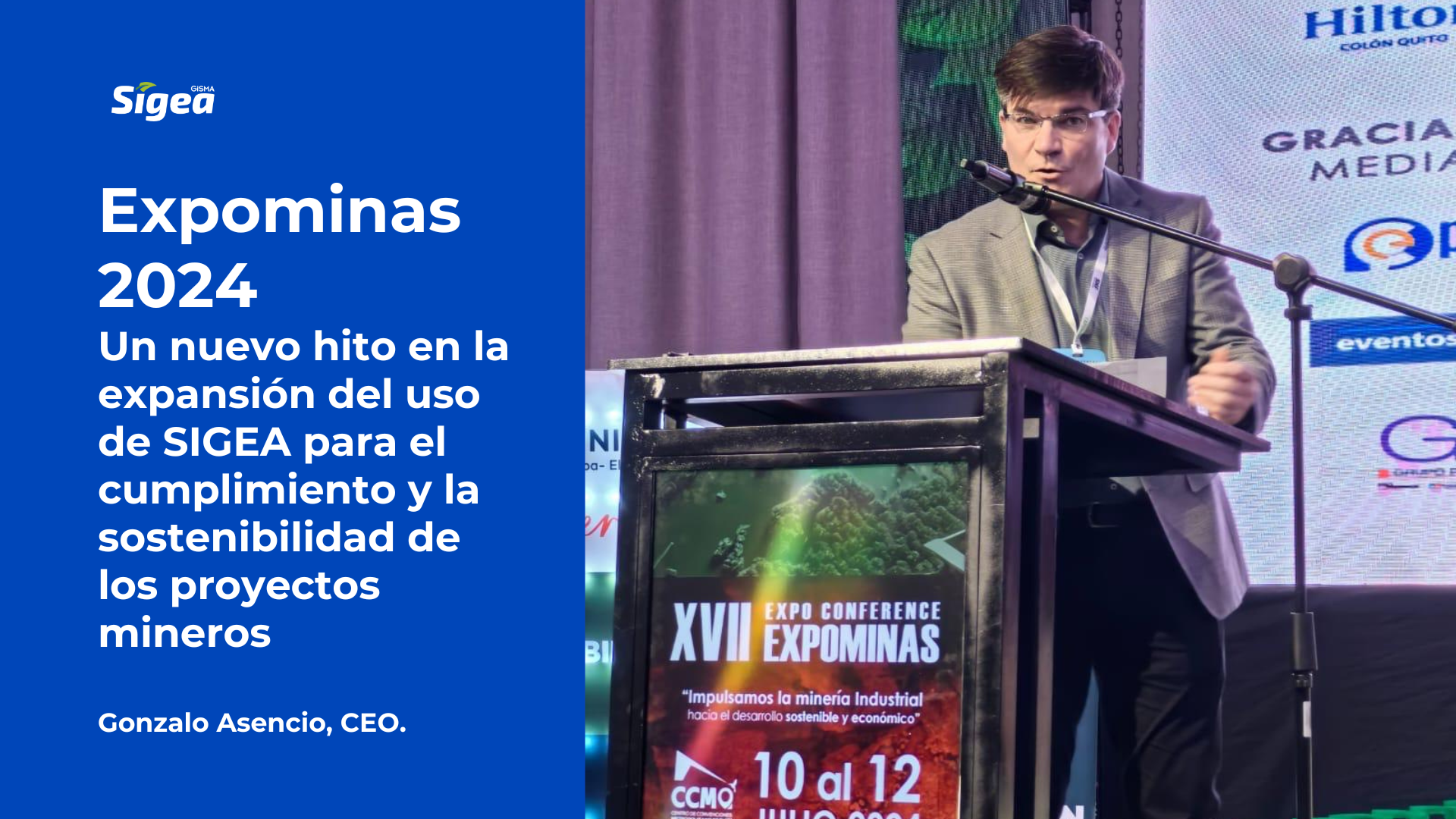The Minister of the Environment, Maisa Rojas, will head the inter-ministerial coordination that seeks to establish a new water governance in the country with a watershed approach, as expressed by the President of the Republic on June 1.
In addition, in the context of the first public account of the current government, the following was announced the creation of Cuenca Councils in all regions, “prioritizing human consumption of water and the rational use of this resource for productive activities”, a topic addressed by our CEO Gonzalo Asencio on Radio Cooperativa.
“One of the important things that has to do with the reform of the water code is how it begins to focus on watersheds, which is the most natural part of how water systems operate and that is a gain in terms of how the authority itself will have to collect information and provide information for decision-making by the different stakeholders.” said our sustainability expert.
“Today you have different actors generating information, each on their own side and if one makes a comparison, the information, which should be the same, is different, because the instrument is not calibrated, because it was taken at another time or for another reason. As this is not being integrated today, it is not being looked at”, commented Asencio, adding: “There is one issue here that is super important and definitely points towards development, which is transparency.”
According to our CEO, in order to have a sustainable management of water resources with a basin approach: “Information should be available, everyone should be able to access it and, indeed, the decision of when to open and when to close the faucet should not be the authority’s exclusive right. There should be a collective conviction of what the point of equilibrium is and that should be a response to the fact that we have good, available and timely information”.
He also talked about how the mining sector is taking action with respect to water resources today, noting that: “Companies are both planning and taking measures. The first measures have to do with how we optimize the use of the resource, which in the past was quite abundant”.
And although there is probably no mining project that is presented today that does not contemplate the use of desalinated water, Asencio goes further in his analysis and ventures to say that “that’s probably going to be the way in which, not only industrial projects, but agriculture and large cities we’re also going to take into consideration.” in terms of water supply in the medium term.
About how our HidroMetrix our HidroMetrix solution, Gonzalo Asencio explained: “Usually, within a mining company, it is complex to have information that is standardized and available, because we usually work with spreadsheets and we work with databases. What we are promoting is automation in monitoring.
“This approach, which has to do with how we optimize our water resource management, is what we incorporate in conceptual, methodological and technological terms. All of this goes into a database and the reporting you can get from there goes to internal users and could be external users as well,” our CEO clarified, making it clear that our that you can get from there goes to internal users and could be external users as well,” clarified our CEO, making it clear that our platform is adapted to reporting to the authority and continuous monitoring.
We invite you to listen to the full interview here:



